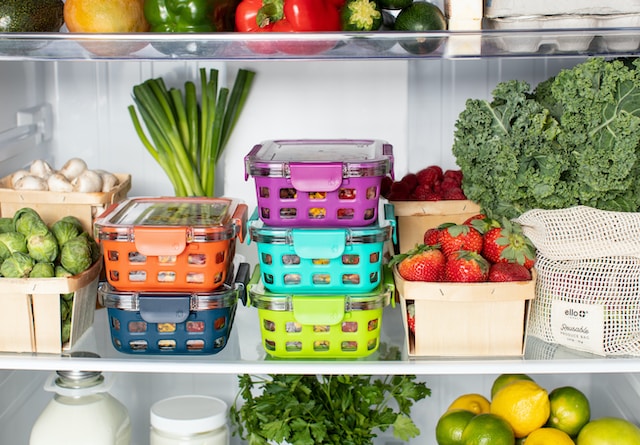When choosing a refrigerated case for your business, it’s crucial to start by understanding your specific needs. Consider the type of products you’ll be storing, the available space in your establishment, and the expected customer traffic. By identifying these factors, you can narrow the options and choose a refrigerated case that best suits your requirements.
Energy Efficiency
Refrigerated display cases are major supermarket electrical energy consumers, consuming 25-70% of the total store energy. Supermarkets can reduce energy costs and enhance electric grid integrity by implementing smart load-flexibility control strategies.
Using an econometric model, we found that purchasing intentions for energy-efficient refrigerators are sensitive to energy-efficiency cognition and trust, environmental awareness, and economic motivations. However, electricity price incentives have an insignificant impact on purchase intention.
Refrigerator manufacturers can maximize efficiency by integrating phase-change materials into refrigeration and optimizing thermostatic controls. Also, they can incorporate a smarter case controller with an IoT solution to reduce energy consumption by remotely diagnosing problems and triggering defrost cycles. This can be particularly useful in high-traffic areas where the refrigerated cases are pushed to the front of the store.
Size
Refrigerated display cases play a vital role in your bakery’s business by maintaining product freshness and presenting them in a way that is visually appealing to customers. However, deciding on the right one for your needs can be tricky. The size of your refrigerator case can greatly affect how well it functions. For example, selling fresh baked goods may require a larger case to hold cakes and other pastries. Similarly, a larger display case can accommodate more cheeses and meats than a smaller one. Another consideration is whether your refrigerator will have glass or solid doors—open cases allow customers to grab food without a barrier and offer better visibility. At the same time, closed units are more energy efficient. Other options, like end panels and mirrored interiors, can also affect functionality. These features can help your RDCs look fuller and more attractive to customers.
Style
From the outside, refrigerated display cases might all look the same. But the type of case that is right for you depends on several factors. For example, some display cases have curved glass, while others use straight glass. Curved glass is more aesthetic and expensive but helps maintain food temperature specifications.
Another factor to consider is whether you want your case to have mirrored end and back panels. These help your products stand out and make them look fuller. You might also choose a case with a black interior, which can make colorful foods pop. However, you should be sure that your health department approves the color because some health departments require encapsulated lighting so broken bulbs don’t throw shards into food areas.
Lighting
Refrigerated display cases (RDCs) account for half of a supermarket’s energy costs, with lighting systems using a quarter. However, most refrigerated case lighting is inefficient, with poor light output and inconsistent illumination of products. Fortunately, there are smart ways to improve refrigerated case lighting. One option is to replace halogen bulbs with LEDs. Studies show that shoppers overwhelmingly prefer the more uniform and appealing appearance of food in LED-lit cases. At the same time, retailers can save energy and money by lowering both connected load and ongoing energy consumption.
Condensate Removal
Depending on the operating temperatures and busy production traffic patterns in your food plant, condensation can be a major issue for refrigerated display cases and solid-door reach-ins. Condensed water can harbor and transport pathogens such as Listeria monocytogenes, posing serious food safety risks. Ensure your refrigeration case can easily remove condensation, with controls for diverting excess humidity indoors when heating is required and outdoors during cooler seasons. Always use clean, sanitary, non-shedding towels or wipes when cleaning wet surfaces to abate possible recontamination.





